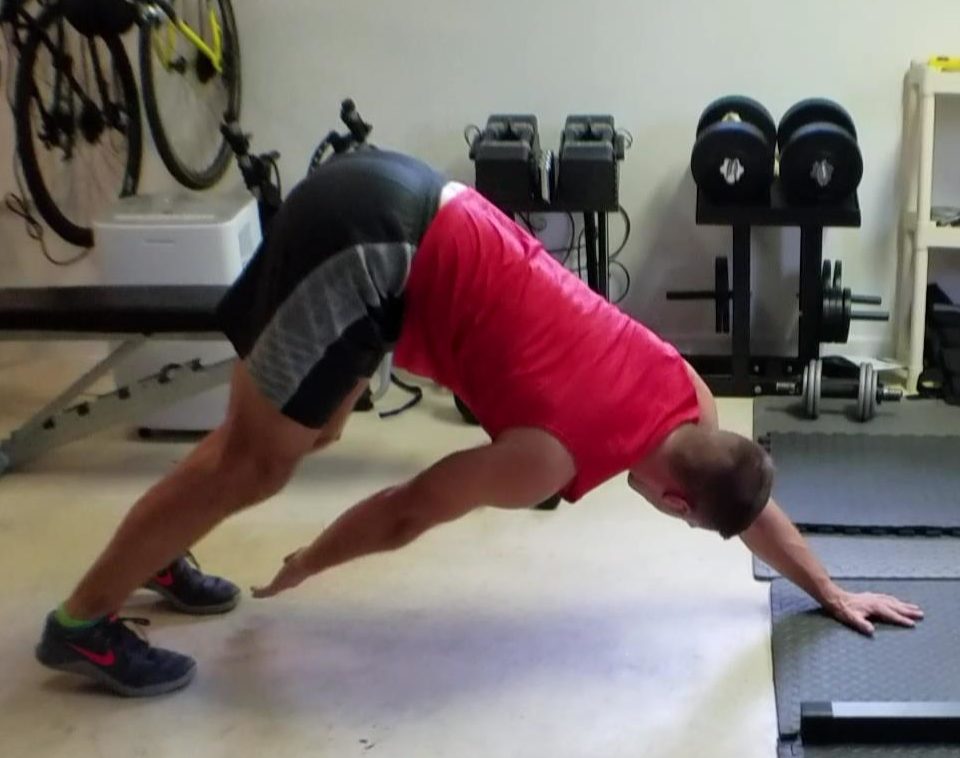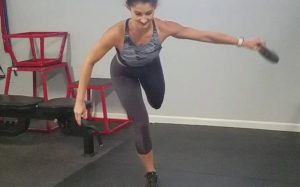Fix It Friday will feature common injuries in dancers with a few tips to improve or prevent them!
Here are a few additions to phase 1 & 2 to help stabilize that shoulder, improve posture, & decrease pain! Feel free to request other areas of pain or injury.
Shoulder Instability Phase 3: If phase 1-2 are easy, you’re ready for the final few exercises in this series. These are challenging exercises to help stabilize that shoulder, improve posture, & decrease pain! These are just some of the many options.
Plank Alt Toe Taps: Careful with these, we’re getting strength overhead now. Get in plank position & keeping core tight push with one arm to reach towards opposite foot. Slowly progress to actually touching your toe, but just go as far as comfortable. Repeat 10-20 reps/side 2-3 sets.
Body Saw: Fire up that core while controlling with the shoulders. Start in a plank with your feet on a stability ball, sliders, or towel on tile. Keeping core engaged begin to push your feet back with your arms, so that at end your arms are overhead somewhat. Hold at end position & slowly return to start. Again, as you improve, you’ll be able to push back further. Start with 5-10 reps, building up to 20 for 3 sets.
ER Arm Bar Rotation: Start perpendicular to the anchor with a moderate band. Keep scapula locked down/back and can start with arm slightly lower than 90 deg in video. Not letting your arm rotate inward or shoulder blade relax, slowly turn to face anchor. Hold position for 2 count, then slowly return to start. Should feel rotator cuff in all positions. This one should burn so 5-10 reps is usually more than enough for 3 sets.
Wall Slides: Basically in a wall plank position is a tight band around your wrists. Externally rotate arms so fair amount of tension, hold this tension as slowly walk hands up as high as comfortable. Repeat, not letting arms tilt inward (internally rotate). Another burner, so 5-10 reps for 3 sets is great.
Every exercise should feel hard, but not impossible. Can do as a circuit or separate. Can mix within or separate from phases 1/2. Start with 4-5 days/week down to 2-3 days/week if shoulder feeling better. If pain or popping in the shoulder should stop the exercise, seeking further guidance.
This is not medical advice just general exercises for mild shoulder issues. Please seek professional advice for injuries or pain persisting over time. If general exercise gives you pain, you likely need more specific/direct attention. Fix It Friday is limited to 3-4 exercises a week, when there may be dozens of better options for your specific condition if it is worse. Take care of your body.
To keep up with our vides, follow along here or on any of our social media platforms.
Scott DPT
#BeyondCrunchesandPilés







